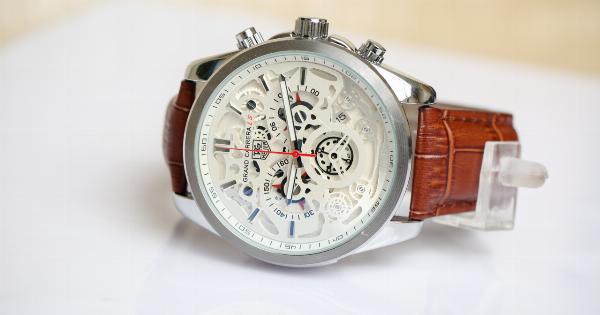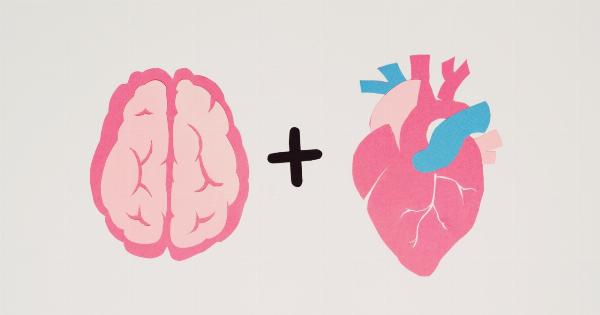Infidelity is a topic that has haunted romantic relationships since the beginning of time. Detecting cheating tendencies in individuals can be a challenging task, as humans are often skilled at concealing their true intentions.
However, recent advancements in facial analysis technology offer a glimmer of hope in uncovering these hidden cues and behaviors associated with infidelity. This article explores the potential of facial analysis to identify cheating tendencies and provides insights into how this technology works.
Understanding Facial Analysis
Facial analysis involves the use of advanced algorithms and computer vision techniques to analyze and interpret facial expressions, micro-expressions, and other non-verbal cues.
By examining these facial features, it becomes possible to gain insights into an individual’s emotions, intentions, and behaviors. Facial analysis technology can detect subtle changes in facial expressions that are usually imperceptible to the naked eye, providing valuable information about a person’s inner thoughts and feelings.
The Science Behind Cheating Tendencies
Researchers have long studied the various psychological and behavioral cues associated with infidelity. Studies have shown that individuals engaged in infidelity may exhibit specific signals that can be captured and analyzed through facial analysis.
For example, micro-expressions of guilt, anxiety, or fear can provide clues about potential cheating tendencies. Changes in eye contact patterns, sudden emotional shifts, and nervous tics are among the many other facial cues that can be indicative of infidelity.
Facial Expressions and Micro-Expressions
Facial expressions are crucial in understanding human emotions and intentions. By analyzing facial expressions, facial analysis technology can detect whether a person is displaying genuinely happy, sad, or neutral emotions.
Micro-expressions, on the other hand, are brief and involuntary facial movements that occur within milliseconds. These fleeting expressions often reveal true emotions that individuals attempt to hide consciously.
By analyzing both facial expressions and micro-expressions, facial analysis technology can provide a deeper understanding of potential cheating behaviors.
Non-Verbal Cues and Deception
Deception is a central element when it comes to infidelity. Non-verbal cues play a crucial role in detecting deception, as they often reveal true intentions and emotions.
Facial analysis technology can evaluate subtle changes in facial muscle movements, eye movements, and body language, providing valuable insights into potential cheating tendencies. For instance, increased blinking rate, dilated pupils, and micro-expressions of anxiety or discomfort may indicate deceptive behavior associated with infidelity.
Technological Advancements in Facial Analysis
The field of facial analysis has witnessed significant advancements in recent years. Advanced machine learning algorithms and deep neural networks have resulted in more accurate facial analysis models.
These models can effectively detect and interpret facial expressions, micro-expressions, and non-verbal cues associated with cheating tendencies. Furthermore, advancements in real-time facial analysis allow for instantaneous analysis and provide immediate feedback, making it easier to identify potential infidelity.
Ethical Considerations and Limitations
While the potential of facial analysis technology to detect cheating tendencies is intriguing, it is crucial to address some ethical considerations.
Privacy concerns arise when analyzing someone’s facial data without their consent, and it is essential to adhere to ethical guidelines when using this technology. Additionally, facial analysis technology is not foolproof and has its limitations. Factors such as cultural differences, individual variations, and the ability to deceive the technology itself pose challenges to its accuracy and reliability.
Real-World Applications
Facial analysis technology has found applications in various fields, including criminal investigations, emotion recognition, and customer behavior analysis.
When it comes to detecting cheating tendencies, this technology can potentially assist relationship counselors, therapists, and individuals seeking to uncover potential infidelity. By providing insights into non-verbal cues associated with cheating behaviors, facial analysis technology can serve as a useful tool in identifying and addressing relationship issues.
Potential Future Developments
As facial analysis technology continues to evolve, there are exciting possibilities for its future development.
Integration with wearable devices, such as smart glasses or headsets, could enable real-time analysis of facial expressions during conversations or social interactions. Additionally, combining facial analysis with other technologies, such as voice analysis or behavioral analysis, could enhance the accuracy and reliability of detecting cheating tendencies.
The field of facial analysis holds immense potential for further advancements in understanding human behavior and intentions.
Conclusion
The use of facial analysis technology in detecting cheating tendencies offers a new perspective on understanding human behavior.
Analyzing facial expressions, micro-expressions, and non-verbal cues through advanced algorithms and computer vision techniques enables the identification of potential infidelity. While ethical considerations and limitations exist, the continuous advancement of facial analysis technology holds promise for assisting individuals, therapists, and relationship counselors in uncovering hidden cues associated with cheating behaviors.
By delving into the world of facial analysis, we gain new insights into the complexities of human emotions and intentions.




























